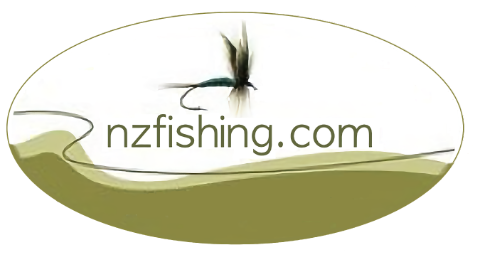|
Nymphs:
In the upper and middle reaches, lightly weighted stoneflies and mayfly patterns such as Pheasant Tail, Halfbacks and Hare and Copper in sizes 14 to 16.
Dry flies:
Popular patterns include Royal Wulff, Adams, Blue Dun, Coch-y-Bondhu, green beetle patterns (during the early summer), and cicada and cricket patterns late in the summer.
Wet flies / Streamers:
Small bully patterns such as Mrs Simpson and Hamill'sKiller during the day and dark patterns such as Craig's Night-time and Scotch Poacher during the evening and at night. In the middle and upper reaches use small wee-wets such as March Brown, Red Governor and Hardies Favourite during the evening rise when fish are often taking emerging insects just subsurface.
Spinners:
Black and gold Tobys and silver Tobys in the lower reaches, and small bladed spinners such as Mepps or Veltic in the middle and upper reaches. As this is a predominantly rainbow fishery, brighter colours such as gold and red tend to work well during the day.
Bait:
Those wishing to target the tench that reside in this river can do so using bait (although bait is not legal when fishing for trout)
|


